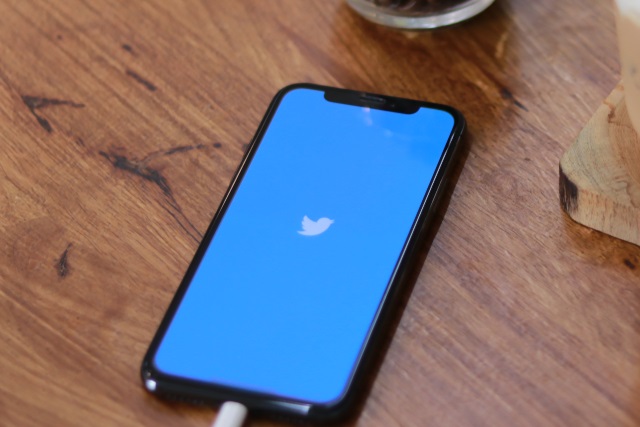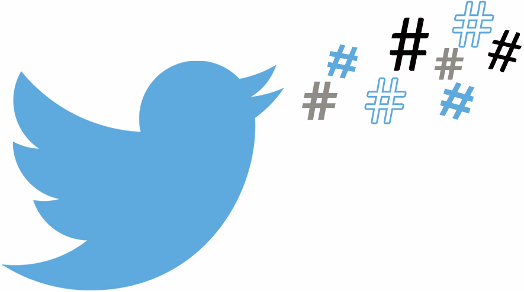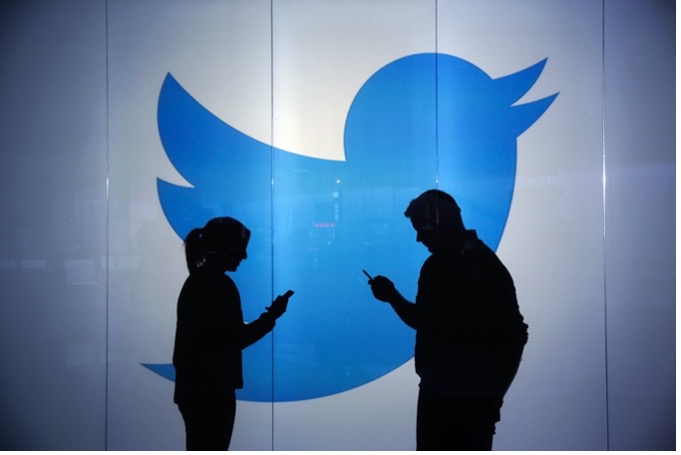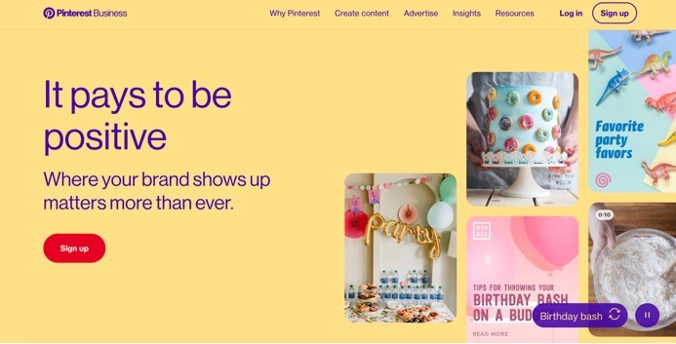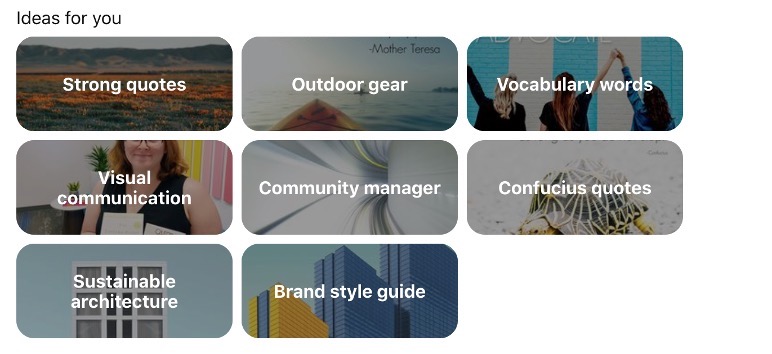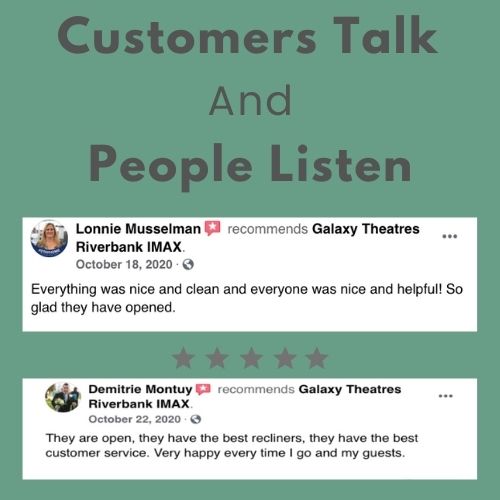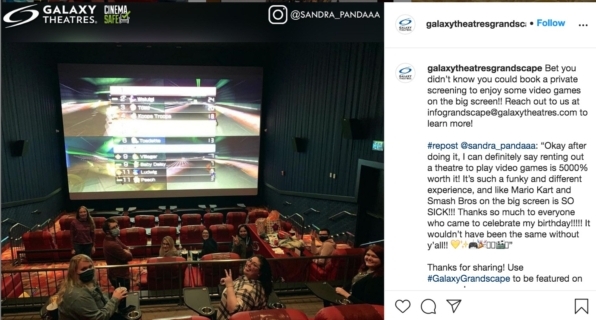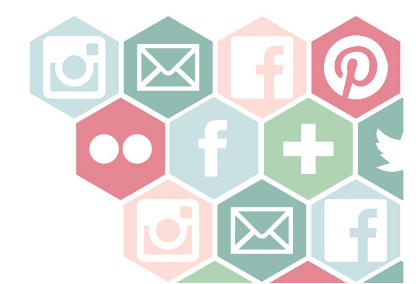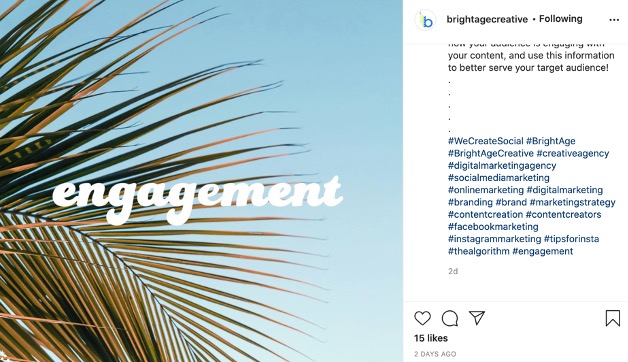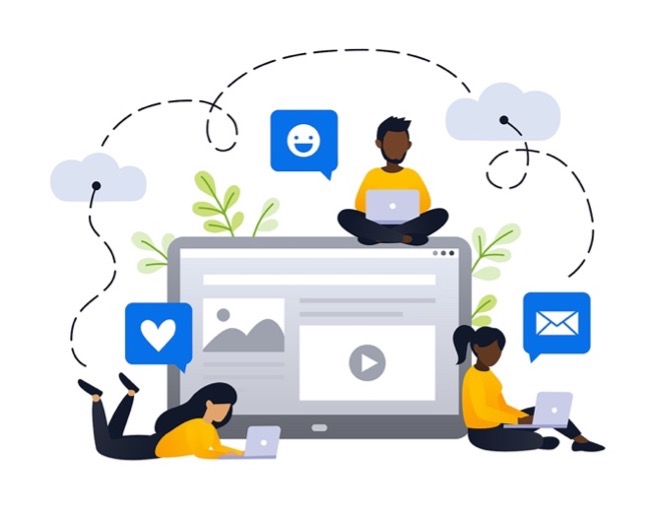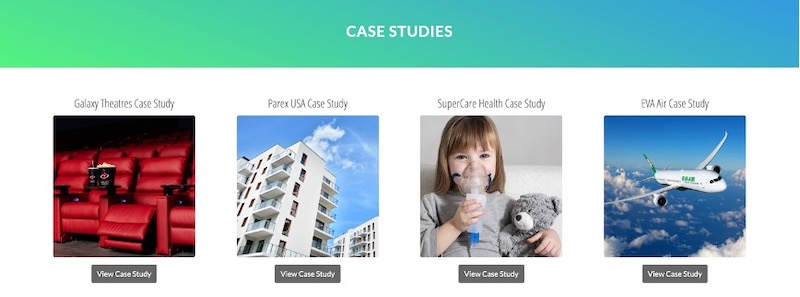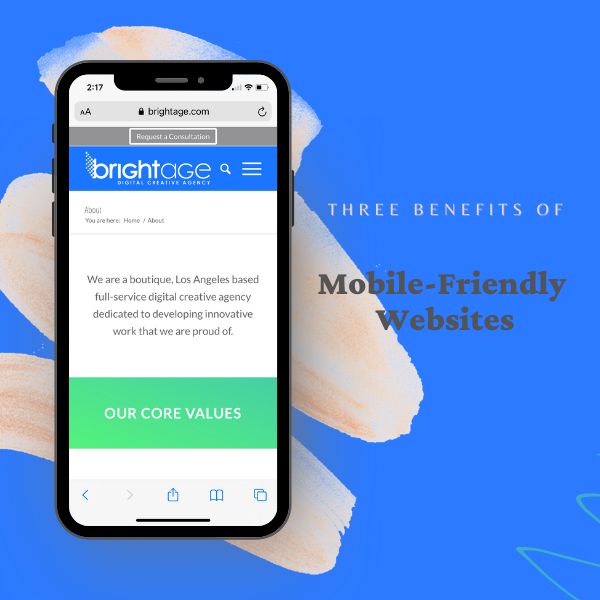Social Media Story Features Across Platforms
Are you a business owner looking for a cost-effective way to boost your sales, spread brand awareness and effectively engage and communicate with customers? If you answered yes, or simply are interested in learning more about the influences of social media, then allow this article to introduce to you, the social media story features across platforms and how social media marketing agencies can help your business in optimizing the use of this feature.

Stories consist of images and/or short videos that are visible for 24 hours. Stories appear as circles at the top of users’ social media pages, which helps to prevent your business’s latest message from getting lost in the clutter of the standard feed. The story feature works great for social media management, promoting brand awareness, and quick communication.
Let’s take a deeper dive into the differences and benefits of the story feature across a variety of social media platforms.
Instagram Stories:
Instagram is a popular social media platform that plays a key role in promoting brand awareness and B2C communication. Instagram stories can include; GIFs, music, polls, and direct links to desired landing pages, making your post that much more clear and appealing to consumers. If you want your story to appear longer than 24 hours, you can add your story to Instagram highlights. Highlights display saved stories in an album on your profile. For example, if your business posted a story about the latest product release, you could highlight the story to ensure that new page visitors can view the exciting announcement after the 24 hours window has closed. You can even assign each highlighted story to a named album.
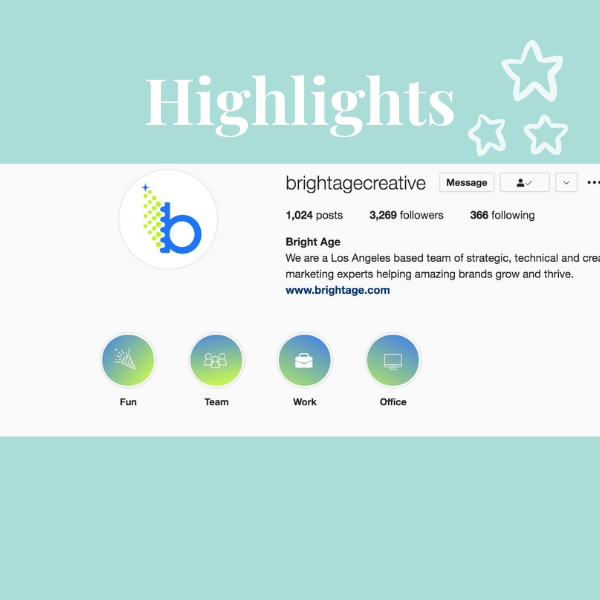
For example, at Bright Age, a social media marketing agency, our Instagram highlights welcome page views with highlighted stories showcasing our agency’s team, work, and office life.
Facebook Stories:
Just as there are different types of brand users, there are different types of social media users. Posting your message across a variety of social media channels is immensely important in reaching your business’s target audience. Boosted reports that, “stories engage more than 500 million daily users, or one-third of Facebook’s 1.56 billion daily global users,” proving the necessity of incorporating the story feature across platforms into your businesses’ digital marketing/advertising strategies. Instagram and Facebook stories are unique in the way in which the stories can be shared across the two platforms. For instance, you can easily share your Instagram story to Facebook by linking your accounts and turning on the share to Facebook setting. This makes sharing cohesive messages across platforms easier than ever!
However, at Bright Age we are also skilled in customizing content across various platforms. So whether you want consistency across your social media sites or you want customized strategies, we are here to help guide you!
Twitter Fleets:
Twitter Fleets work in the same way that Instagram and Facebook stories do. Within the 24 hour viewing period, viewers can react to fleets privately. This means that users can privately reply to your fleet with a message or an emoji. If desired, DMs and reactions to stories can be turned off. However, keeping DMs on allows for you to gather feedback from your followers as well as engage with them through deeper conversation.

LinkedIn Stories:
Although LinkedIn stories work in the same way that the above platforms’ story features work, the effect of this platform’s story feature is different. LinkedIn is most commonly used for B2B communication which makes the LinkedIn stories feature a great form of communication for professionals and businesses who want to highlight their latest accomplishments and/or announce business or career updates. For businesses looking to mainly communicate with consumers, stick with posting stories to Instagram, Facebook, and Twitter.
Snapchat Stories:
Snapchat is the original creator of stories. Unlike Instagram and Facebook, which added the story feature to their platforms to compete with the APP, Snapchat stories can only be viewed and posted on the APP itself. The APP essentially is a new way of standard texting. Users can use the app to communicate with others through videos, still shots, and chats.

Snapchat users are primarily made up of young teens and early thirty-year-olds, which means this platform is critical for businesses whose target audience is primarily young millennials. An example of a business that would see effective results from posting stories on Snapchat would be a makeup company looking to advertise youthful looks made with their product(s).
The story feature across platforms isn’t only great for businesses to engage and communicate with their audience, but it is a great tool to use for social media management. The story feature shows businesses who watched their story, which helps businesses determine if their social posts and digital messages are successfully reaching their desired audience.
A Social Media Marketing Agency Can Help:
If you want to incorporate the story feature into your marketing strategy but aren’t sure how to effectively do so, consider working with a social media marketing agency like Bright Age. Agencies are not only pros when it comes to general social media management, but they too have the tools and knowledge to determine which social media platforms and features your business should use to effectively reach and engage your business’s targeted audience.




